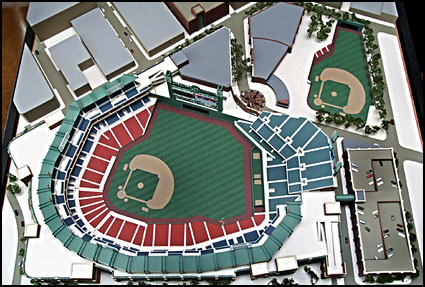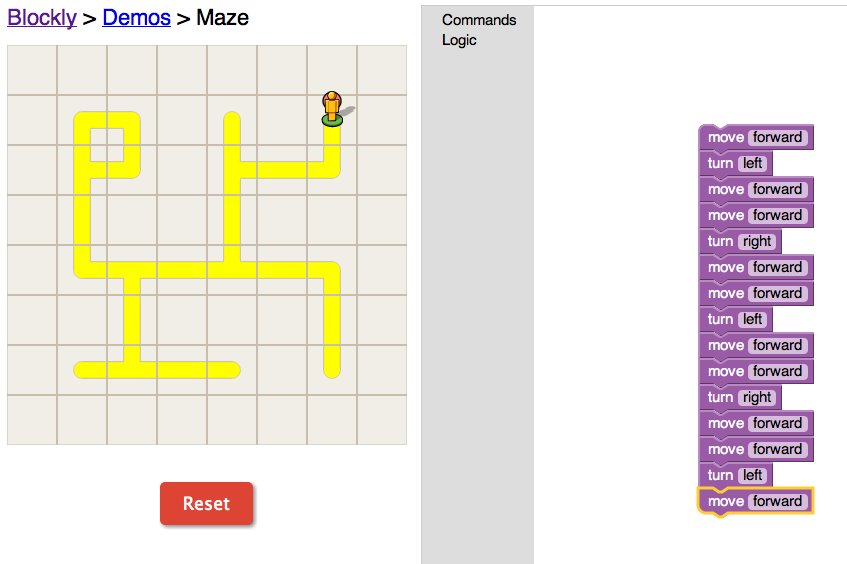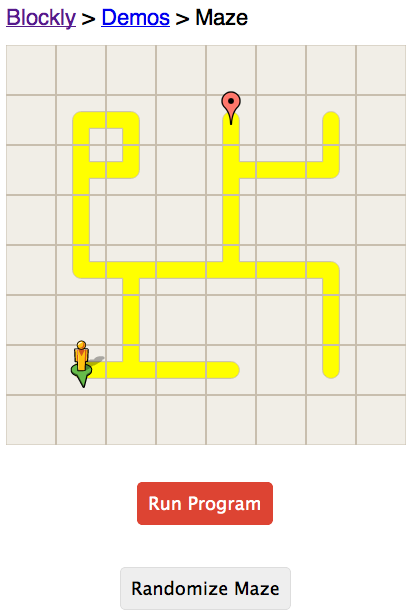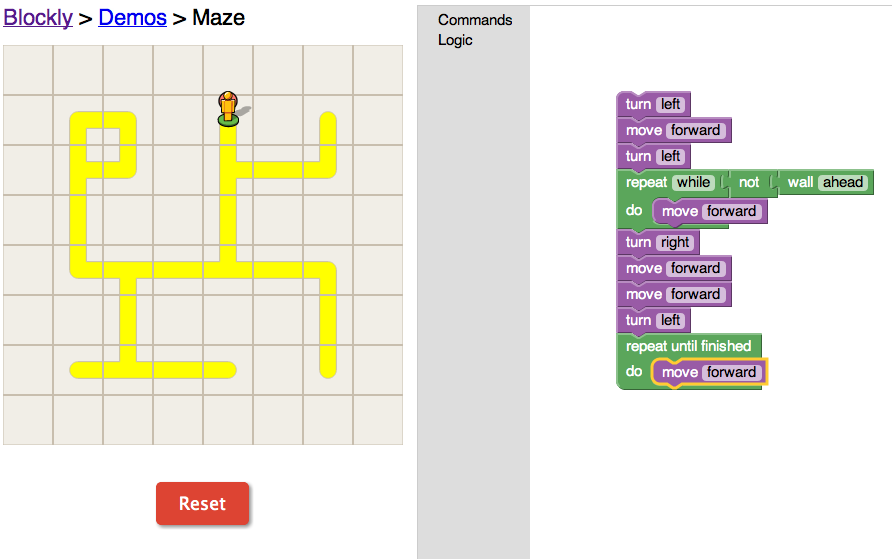For my Final Project I chose Fenway Park. Fenway Park is the only actively used professional sports venue to be a Nationally Registered Historic Place. Wrigley field is Chicago, IL is attempting to achieve that same status, but they have not yet been granted it. Through the 100 years that Fenway Park has been open it has hosted a wide variety of events, but it is mostly known for being home to the Boston Red Sox.
In the first slide I felt that it was important to go over some basic statistics of Fenway Park. It is one of the oldest ballparks in the country having been built in 1911 and opened in 1912. At the time that it was built Fenway Park cost approximately $650,000. For the much money you could buy a house in the suburbs these days! Adjusted for inflation, Fenway Park would still only cost about $15 million. To me, that is very impressive for a site with as much history as it does and to have withstood the test of time like Fenway Park has.
The next slide is was important for me to establish some significant years in the Park’s history. Through my research I was surprised to learn that Fenway Park had caught fire not once, but twice. Also, that the “Green Monster”, which is the defining feature of the park, was erected after the 2nd fire burned down that part of the stadium.
The next thing I did was to overlay a map from 1912 onto a map of current day Fenway Park. The park has stayed within the same borders that it has always been within. Even with all of the expansions and construction, all of the surrounding rounds are in place. I can’t tell if it was the inaccuracy of the map, or if the roads actually did change, but 2 out of the 5 roads around Fenway Park were slightly off in the overlay. Jersey St (which has since been renamed Yawkey Way) seems to be further way from the stadium and Ipswich St seems to be further away as well. This could have been something that the city did to expand the streets, or it could have been an improperly scaled map from the early 1900’s.
For both of the text analysis components of the final I decided to use Wordle. I am a huge fan of the tool and believe that it can help you look at something in a different perspective. The first wordle that I used in the presentation was taken from the “History” section of Fenway Park on www.redsox.com. I then discussed it on the slide that followed. I believed that the best way to analyze this was to pull key phrases from the picture and discuss them. Aside from the obvious, these were the phrases that appeared the most. “Constructed” “Wall” “Monster” “37-Foot” “Bleachers” “known”. I think that this reaffirmed that people associate Fenway Park with the Green Monster. Especially in recent year, they associate it with constant changes and renovations because of the appearance of the word “Constructed”.
Even the greatest of places cannot please everybody, and Fenway Park has some critics. There are many things about the park that are just out of date. So in the next slide I tried to transition towards the second part of my topic, which was the problems with the park. On of Fenway’s greatest criticisms is the fact that it is very difficult for fans to get tickets, because the park is so small and because there is such a high demand for seats tickets are expensive and they are hard to get. Throughout a large chunk of time Fenway sat just about 35,000 people. Sometime in the 1940’s renovations to the park and new fire codes caused the owners to remove a certain amount of seats from the park. for a while the park fluctuated within a few hundred seats until the early 2000’s when it rose at a rapid rate because of the $235 million investment made by the owners to update the park.
I then moved into discuss “New Fenway” one of the most controversial things to happen involving Fenway park was announced back in 1999. With an aging stadium and a demand for more tickets, the owners thought that it was time to build something new. They had multiple options, but the plan that they liked the most was to build a new stadium very close to where the current stadium is and make it an extremely upgraded replica. They would keep a portion of the old park as a tribute and a museum as well as a children’s educational center. Some Red Sox fans sometimes referred to as the “Fenway Faithful” were outraged to say the list. Groups popped up to help fight again the destruction of the park. The most prominent of these groups was “Save Fenway Park”. They would protest, gather petitions and do whatever it took to make sure that Fenway park was not destroyed. It was arguably the most tradition and character out of any stadium in the United States and out of sheer respect that want to see it stay up forever. For my next map I decided to create a building outline for the proposed “new fenway” stadium and museum where the old Fenway park was preserved. I am also going to use the picture that I used as a reference
This next part was probably my favorite part of the project. I researched some articles online such as “No Need for New Fenway” and some message boards that had reactions from Fans. I pulled lines from the article and reactions from the message boards and this helped me to discuss things that fans were actually saying about the new park.
I made a similar decision to pull out the words that I felt explained the wordle the most. Obviously there are some relative words but when it came to the fans reaction some of the most prevalent words and sayings were “Wrong” “Capacity” “tickets” “copy” “Prices” “New” “obstructed” “think”. I thought that this was really interesting and because there was so many different voices going into this Wordle (compared to the other one) I got a very different feeling from it. I think you can tell that there are generally a lot of negative words that appear alot, but they are also some arguments for why a new park was nessacary. You can see the words obstructed, expensive and capacity which are all negatively associated with the current Fenway park.
For the last graph I decided to compare the size of Fenway Park and “New Fenway” to other major league baseball stadiums. Fenway park was the 2nd smallest out of all of the stadiums that I listed. I tried to pull an array of fields, some large, some small, some in the middle to give an equal perspective because it would have been too much to put all 30 stadiums + 1 on there. Fenway’s “peer park” would have to be Wrigley field seeing as the two are often associated with one another due to their age. Even Wrigley field is able to sit more fans for every game at Fenway. Tropicana field in Tampa was the only one listed that was smaller, and it is a much smaller market than Boston. There is not a demand for Tampa Bay seats, so even with less seats, tickets are easier and cheaper to optain.
All in all I really enjoyed working on this project. One thing that I was surprised about was the lack of maps I was able to find with layouts of Fenway Park and photos from the early days. I found it challenging to choose a topic like this, and would probably have chosen something else if I hadn’t already progressed so much in this topic in the given amount of time. The preservation of this project would be similar to www.fenwaypark100.com. This site was a huge help to me during the project even though I did not actually pull any information about it for the presentation. I heavily discussed the “new fenway” project and I think that it is easy to preserve that because it was a topic that happened and is not going to change. According to Red Sox ownership and engineers, Fenway Park has only have 40-50 years left of structural integrity before they can stop playing in the park. At that time, Im sure that there will be plans for a new park and there will be reference to the last time that a new park was planned. From the experience that I had, there was very little information online about the new park, so having created a source when there is not very much out there could be of use to people.










